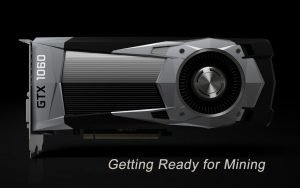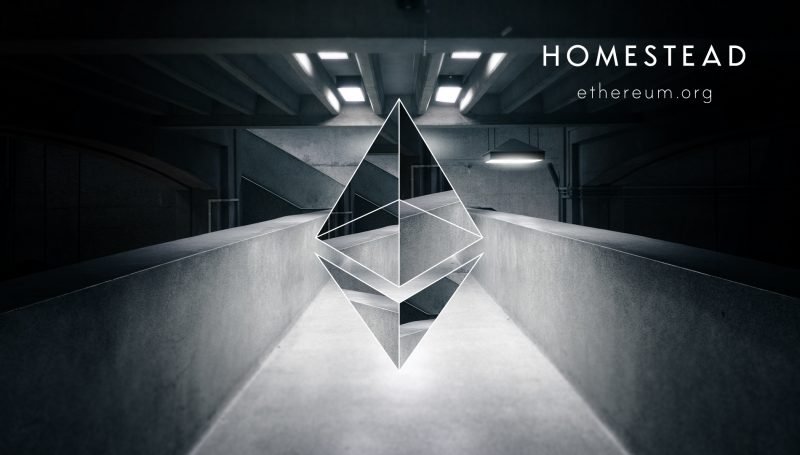If you can’t find any AMD Radeon RX 480 and Radeon RX 580 video cards to purchase and don’t want to pay more for the NVIDIA GeForce GTX 1070 graphics card that is starting to become scarce on the market you might want to look at the NVIDIA GeForce GTX 1060. You can still find the GeForce GTX 1060 at retailers and they do pretty decent when it comes to mining Ethereum.

Earlier this week we showed you that the NVIDIA GeForce GTX 1070 Founders Edition had really good hashrate performance of around 27 MH/s in stock form and then easily over 30 MH/s with the memory overclocked. Most GeForce GTX 1070 8GB graphics cards are over $400, so today we are going to be looking at the lower cost GeForce GTX 1060 graphics card. This card in-stock for purchase at most retailers and prices start around $249.99 and depending on the model you should have a hashrate of around 18-19 MH/s. Once you overclock the memory you should be able to get the hashrate on the GTX 1060 up to around 22-23 on most cards. With six of these cards in a mining rig you are looking at roughly 135 MH/s for your $1,500-$2,000 investment in buying six GeForce GTX 1060 video cards. If you are lucky you might be able to hit 24 MH/s if you get some decent overclockers!
It looks like mining on one GeForce GTX 1060 that has the memory overclocked that you’ll make about $1,700 a year in profit based on Ethereum prices today (~$352). Lowering the power target will reduce your power bill by a good $50 a year, but it means you’ll mine slightly less a year. If you don’t care about the power bill, heat and noise you are still best off leaving the power target close to 100%, but if you want silence and less heat in your home lowering the power target isn’t a bad idea.













